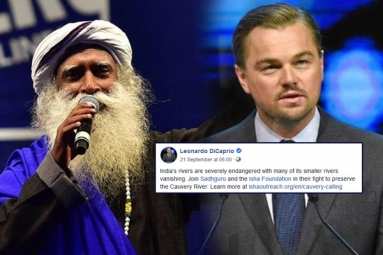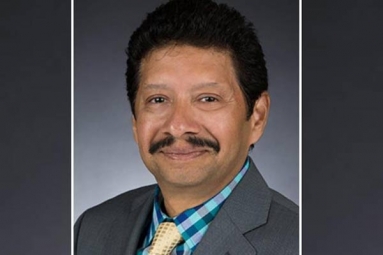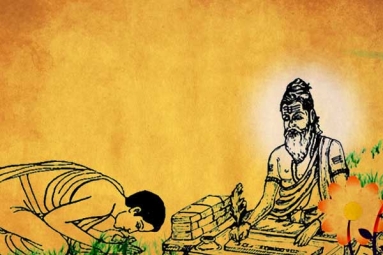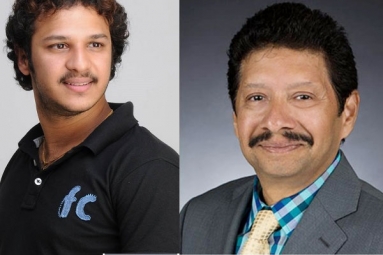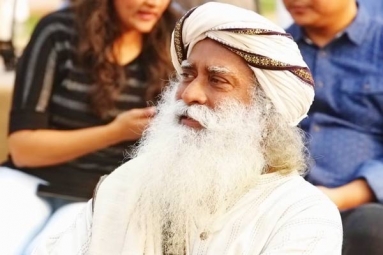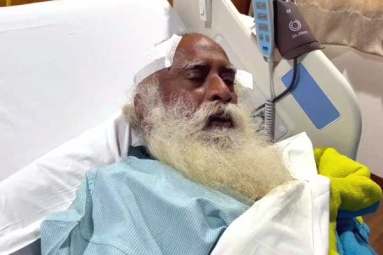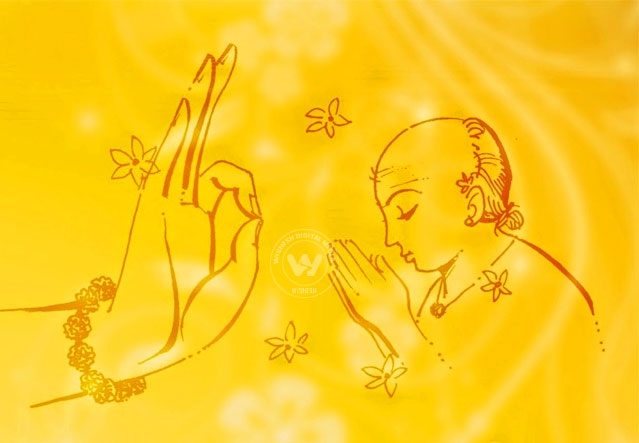
Guru is a Sanskrit term for "teacher" or "master", particularly in Indian religions. Gurus are over and over again equated with God and are considered as a link between individual and immortal. Gurus reflect their light on disciples and glorify them in the manner sun glorifies moon. Guru is given a prominent place after mother and father in Hindu religion. Nevertheless, his place is prior to God. In simple words, Guru is the who removes darkness or ignorance.
The shloka from 'Guru Gita' as given in Uttarakhand section of 'Skanda Purana' is in the form of a dialogue between Shiva and Uma (Shakti). Hindus start their prayers worshiping gurus.
“Gurur brahmaa, gurur vishnuh, gurur devo maheshvarah,
Gurur saakshaat parabrahma, tasmai shree gurave namah.”
This means the Guru is Brahma himself. He is Vishnu. He is also Shiva. Know Him to be the Supreme Brahman, and offer thy adorations unto that peerless Guru.
Guru-shishya tradition in Hinduism
Hinduism emphasized on the importance of finding Guru in life, who can impart Vidhya or transcendental knowledge. Bagavad Gita itself is a talk between Guru and Shishya (disciple) in the form of Lord Shri Krishna and Arjuna, respectively. Their relationship is considered as ideal guru-shishya relation in Hinduism. Guru is considered in Hinduism as one’s spiritual guide on earth. He is believed to awaken hidden spiritual knowledge within the disciple. The teacher is regarded as the most vulnerable influence on an individual after mother and father, in Vishnu Smriti and Manu Smriti.
A person without guru was once treated as an orphan in Indian culture. In Sanskrit, the word ‘anatha’ means the one without a teacher. A guru gives gyan (knowledge), shiksha (instruction) and deeksha (initiation of spiritual awakening in an individual).
Guru transmits teachings to the shishya. In this relation, Gurus convey subtle and advanced knowledge, while shishya receives it with a lot of respect, obedience, devotion and comitment. As the relation progresses, shishya masters the knowledge embodied by the guru. 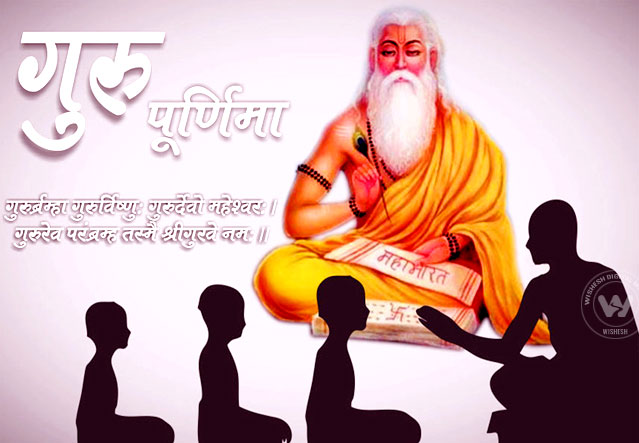
Guru Poornima
During the full moon day (Poornima) in the month of Ashada, Guru Poornima is celebrated by people across India and Nepal to pay their respects to their spiritual gurus or teachers and seek their blessings. The day holds importance for followers of Hinduism, Buddhism and Jianism. In India, even spiritual leaders like Sri Sri Ravi Shankar and the late Osho are regarded as gurus and thus, shishyas perform Guru Puja on the auspicious day.
As a tradition, Buddhists celebrate the festival in the honor of lord Buddha. On this day, for the first time, Buddha gave sermon at Sarnath, Uttar Pradesh, India. In yogic tradition, Guru Poornima is celebrated as a day when Lord Shiva became the first guru. It was when Shiva began transmission of yoga to the Saptarishis.
Hindus also celebrate the day in the honor of the great sage Vyasa, who is born on this day. Vyasa is considered as one of the greatest gurus in Hindu traditions. Vyasa began to start writing Brahma Sutras on ashadha sudha padyami and ended up on Poornima. Hence, the day is also known as Vyasa Purnima. In yogic lore, Guru Purnima was said to be the day when the birth of the Adi Guru, or the first Guru took place.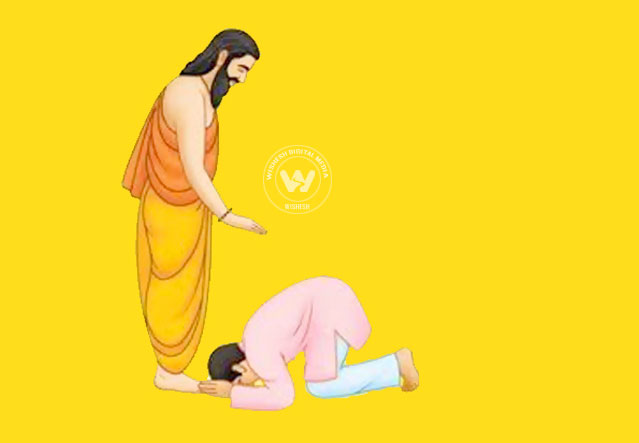
Rituals and observances
Guru Poornima is marked by the ritualistic respect to Guru by observing Guru Puja. During this day, as all spiritual traditions of Hinduism, gratitude towards teachers by the disciples are expressed. The day is observed by offering puja to Gurus by Hindu ascetics and wandering monks (sanyasis). Hindus remember teachings and lives of Hindu spiritual Gurus. At several temples, Vyasa Puja is offered by devotees. Kripa, the Prasad and charanamrita i.e. nectar of feet is distributed. It represents the kripa of guru. Special recitations of Hindu scriptures are held all day. Particularly, the Guru Gita, a 216 verse ode to Guru, written by Vyasa will be recited by devotees. People who gather at temples, mathas, aashrams or places where Guru is seated, organize special kirtan sessions, havans, bajans and hyms to immerse themselves in Guru Puja and be one with him.
Nepalese celebrates Guru Purnima as teacher's day. Students in Nepal honor their teachers with garlands and special hats made of native fabric. They take this as the opportunity to strengthen student-teacher bond. Uposatha i.e. to observe eight precepts is observed by Buddhists on this day. Under the guidance of teachers, Vipassana meditators practice meditation.
Besides the religious importance, the festival has a great importance for Indian academics and scholars. Academics celebrate the day by thanking their teachers. Even students of Indian classical music and classical dance follow ‘guru-shishya’ parampara all over the world and observe ‘Guru Puja’ on this auspicious day.
-Sumana








